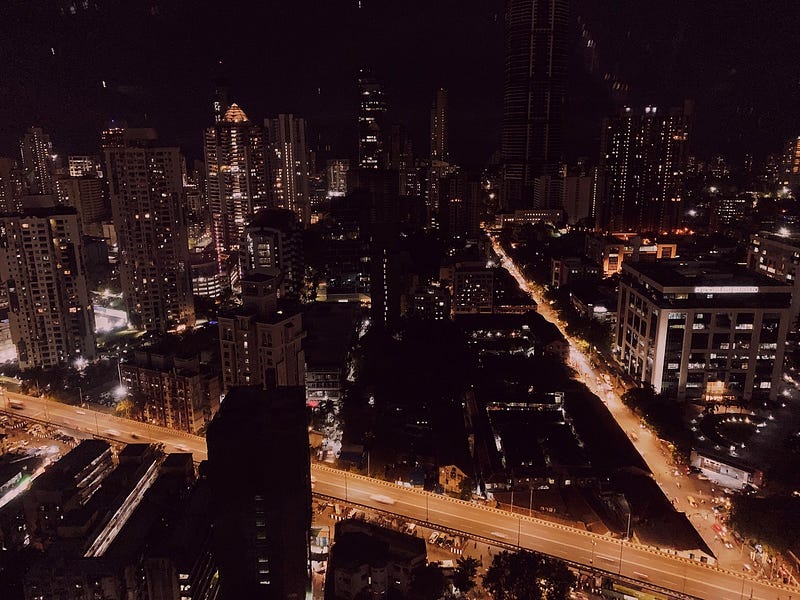- Project Insider
- Posts
- PMCW Bonus Edition - Something for the Weekend
PMCW Bonus Edition - Something for the Weekend
Our pick of the week’s best Articles, Podcasts, Books and Learning Events for Project Professionals

Photo by Joshua Rawson-Harris
Project Conferences

Project Challenge is an independent event for project, program, and resource management. It’s part exhibition, part conference, held at the QEII Center in Westminster, London, so nice and easy to get to.

The project management landscape is changing fast. Join the PMI team to learn the key power skills you need to succeed.
5 Minute Project Read: The Worlds Tallest Building

Photo by Timo Volz
The Burj Khalifa is the tallest building in the world, standing at a height of 828 meters (2,716 feet) in Dubai, United Arab Emirates. Its development started in 2004, and it was officially opened in 2010. The Burj Khalifa is not just a marvel of engineering but also a symbol of Dubai's ambition and development.
The development of the Burj Khalifa was a massive undertaking that required a significant amount of planning, engineering, and construction. The project was initiated by the government of Dubai, which wanted to create a world-class landmark that would put the city on the map. The development was led by Emaar Properties, a Dubai-based real estate company.
Design and Planning
The Burj Khalifa was designed by Adrian Smith of Skidmore, Owings, and Merrill, an architectural firm based in Chicago. The design was inspired by Islamic architecture and the shape of a desert flower. The building has a Y-shaped floor plan that provides excellent views of the city and the Persian Gulf.
Before construction began, a team of engineers and architects worked on the design, making sure that the building would be structurally sound and meet all safety requirements. The design was tested using computer simulations and wind tunnel tests to ensure that the building could withstand extreme weather conditions.
Construction
Construction of the Burj Khalifa began in 2004, and it took seven years to complete. The construction process was a massive undertaking that required thousands of workers, engineers, and specialists. The foundation of the building was laid using a concrete raft that is 3.7 meters (12 feet) thick and covers an area of 4,600 square meters (49,500 square feet). The raft was necessary to distribute the weight of the building evenly across the ground.
The Burj Khalifa was built using a combination of traditional and modern construction methods. The lower floors of the building were constructed using traditional methods, while the upper floors were constructed using a system of steel and concrete called the "buttressed core." The buttressed core consists of a central concrete column surrounded by a steel frame that supports the floors.
One of the challenges of building the Burj Khalifa was working at such great heights. The workers had to use a variety of safety equipment, including harnesses and safety nets, to prevent falls. The construction team also had to deal with extreme weather conditions, including high temperatures and high winds.
Technology
The Burj Khalifa is not just a marvel of engineering but also a showcase of modern technology. The building is equipped with the latest technology to ensure the safety and comfort of its occupants. The building has a state-of-the-art fire alarm system, an advanced air conditioning system, and high-speed elevators that can travel at a speed of 10 meters per second.
The building also uses advanced materials, including reinforced concrete and high-strength steel. The windows of the building are made of a special type of glass that helps to reduce the amount of heat that enters the building. The building also has a unique lighting system that uses LED lights to create stunning light shows.
Conclusion
The development of the Burj Khalifa was a massive undertaking that required a significant amount of planning, engineering, and construction. The building is a testament to the ambition and vision of the government of Dubai and the skill and expertise of the engineers, architects, and construction workers who built it.
The Burj Khalifa is not just a building but also a symbol of Dubai's transformation from a small fishing village to a modern and dynamic city. It has become a must-see attraction for tourists from all over the world and a source of pride for the people of Dubai.
There are several major innovations that were implemented during the development of the Burj Khalifa. Here are a few:
Buttressed Core System: The buttressed core system used in the construction of the Burj Khalifa was a major innovation in high-rise building construction. The system uses a central concrete core surrounded by a steel frame that supports the floors. This design provides excellent stability and allows for greater height.
Advanced Wind Engineering: The Burj Khalifa is located in a region with high winds, and wind engineering was a crucial consideration in the design of the building. Advanced wind tunnel testing and computer simulations were used to ensure that the building would be able to withstand wind forces.
Advanced Elevator System: The elevators in the Burj Khalifa are among the fastest and most advanced in the world. They can travel at speeds of up to 10 meters per second and use a sophisticated control system that ensures smooth and efficient operation.
Advanced Fire Safety System: The Burj Khalifa is equipped with a state-of-the-art fire safety system that includes fire alarms, sprinklers, and smoke control systems. The building also has a dedicated fire brigade and a comprehensive evacuation plan.
Advanced Sustainability Features: The Burj Khalifa has several sustainability features, including a condensate recovery system that captures and recycles water from the air conditioning system, a high-efficiency lighting system, and a high-performance façade that helps to reduce energy consumption. These features help to reduce the building's environmental impact and improve its efficiency.
…And finally, if you love the PMCW Newsletter check out this :

Reply